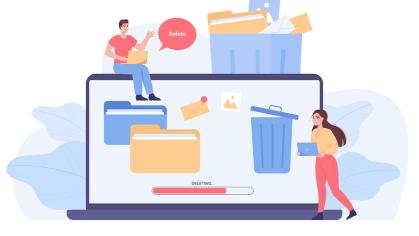
Use TidyUP to quickly identify and clean up unused or inaccessible course materials. This crucial first step lays the foundation for building a more accessible and organized course.
Course Accessibility When Teaching a Course
The DOJ has recently updated its Title II regulations, and the university is committed to ensuring that we meet these new requirements by the April 24, 2026, deadline. The resources below are intended for teaching staff to help ensure consistent progress over time towards the universitywide goal of meeting the new Title II requirements.
Making your course content accessible is not only a legal obligation—it’s also good pedagogy. By paying attention to accessibility, you ensure that all students can learn and fully engage with your course content.
The good news? It doesn’t have to happen overnight. You can make meaningful progress step by step, with support from Rutgers’ accessibility resources, training, best practices, and campus partners.
Five Steps to Make Your Course More Accessible and Usable for Everyone
Make your course a place where everyone can thrive. Accessibility benefits all learners, not just those who need it.

Use TidyUP to quickly identify and clean up unused or inaccessible course materials. This crucial first step lays the foundation for building a more accessible and organized course.

Identify and fix accessibility issues in course content, and alert students about the available formats within Ally (e.g., Braille, audio, or tagged PDFs).
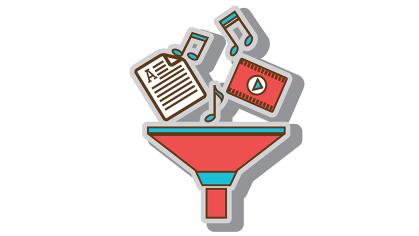
Use SensusAccess to convert documents to ensure that all students, regardless of ability, can access, understand, and use the content.
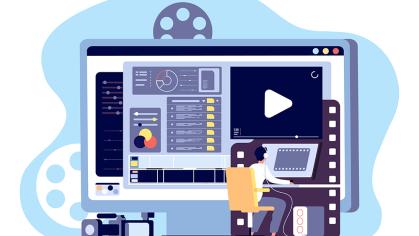
Use Kaltura Reach to caption videos so all students can access your content—even in noisy or quiet environments. Captions support diverse learners, improve comprehension, and meet legal accessibility requirements.
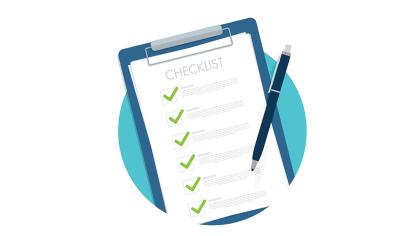
After using the tools and following the best practices, accessibility issues can still be missed. Double-check to ensure your content meets the needs of all learners.
Accessibility Best Practices
Make your websites, course materials, and communications more accessible for everyone. Follow practical best practices for designing content in various platforms, including Canvas, Word, PowerPoint, PDFs, emails, social media, and video. Enhance usability for all users and better support individuals with disabilities.
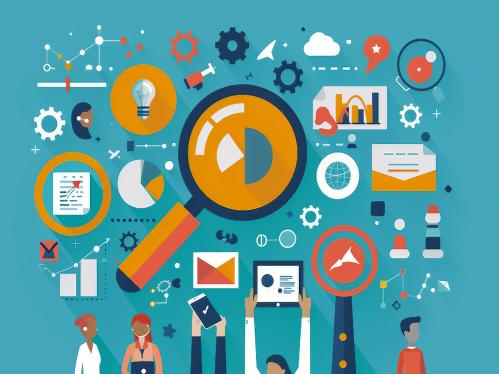
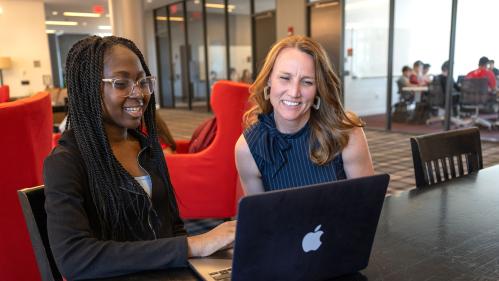
Accessibility Guides, Tools, Training, and Support
From quick-start guides to policy checklists and FAQs—everything you need to build accessible learning environments in one place.